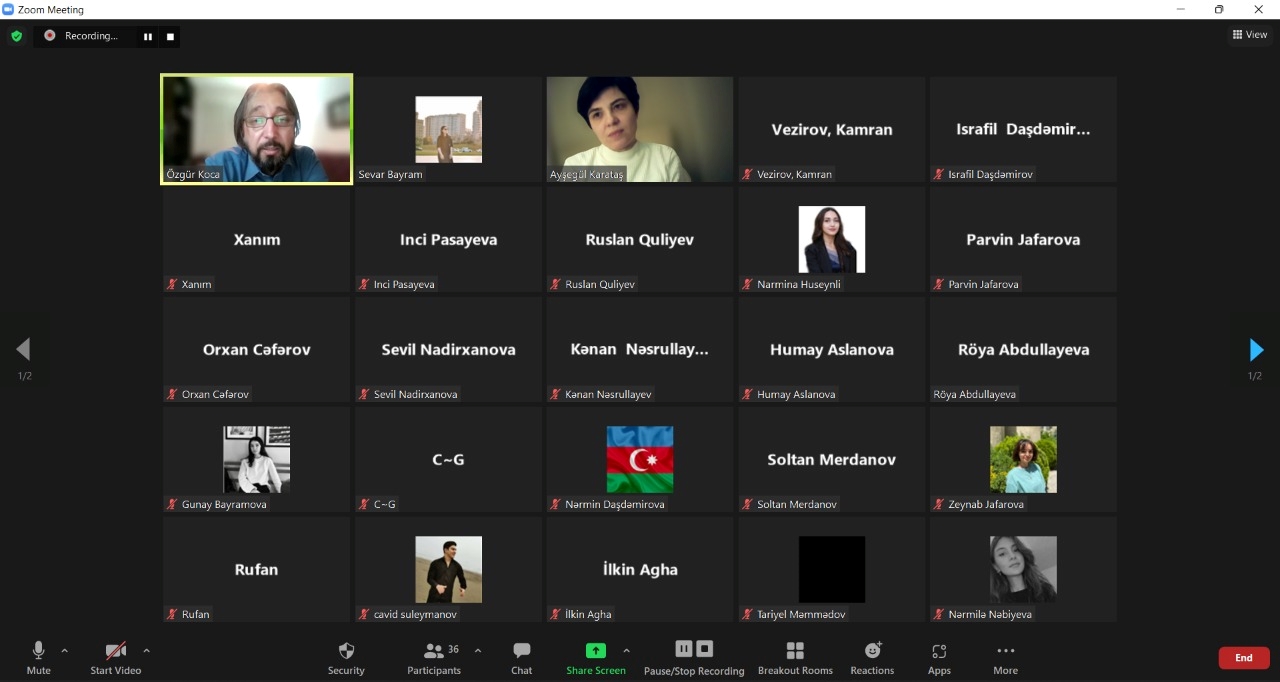Unraveling the Mysteries of Google's Spam Detection Algorithm
Unraveling the Mysteries of Google's Spam Detection Algorithm
Detecting Spam of Google: The Basics
To understand how Google detects spam, it's essential to grasp the concept of search engine optimization (SEO). SEO refers to the process of enhancing a website to improve its visibility on a search engine's unpaid results—often referred to as "organic" results. Ideally, the better visibility your pages have in search results, the more likely you are to garner attention and attract prospective and existing customers to your business.
However, some entities manipulate these SEO practices to achieve higher rankings in organic search results, often by deceptive means. These methods are broadly referred to as 'spam' or 'webspam.'
Now, Google employs sophisticated systems to spot spam. These systems use a combination of machine learning, artificial intelligence, and human reviewers to identify these dubious techniques. The goal is to make the web a better place by ensuring the search results are relevant, reliable, and useful.
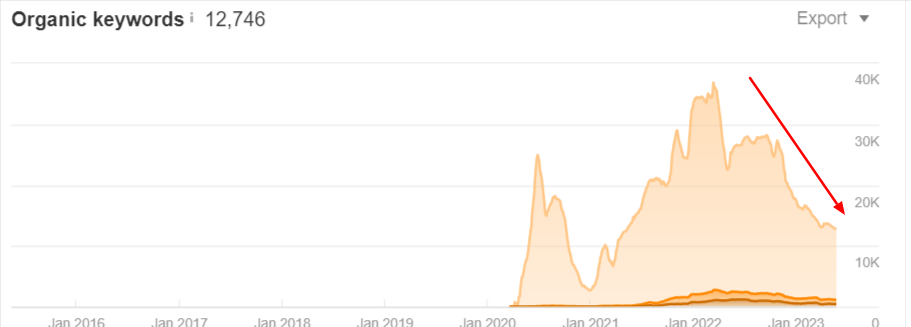
Does Keyword stuffing Hurt My SEO ?
Indeed, keyword stuffing can significantly harm your SEO efforts. Google's algorithms, as outlined in their patent application, are designed to provide users with the most relevant and high-quality results. When a site overuses keywords, a practice known as keyword stuffing, Google's algorithms may interpret it as an attempt to manipulate search rankings, which is a violation of their Webmaster Guidelines. Consequently, the site may suffer penalties, including a decrease in rankings or even removal from Google's search results entirely. Therefore, it's crucial to focus on creating valuable content with a natural use of keywords, rather than trying to game the system.

How Do Spam Algorithms Work?
The spam detection process can be broken down into a few steps:
Crawling and Indexing: First, Google's bots (also called "spiders") crawl billions of pages on the internet, collecting and organizing information to include in Google's search index.
Establishing Queries: The search engine establishes a set of popular queries for the videos (or pages) in the index. This includes frequent searches made by users. Then, the search engine identifies which pages appear in the results for these queries.
Counting Appearances: For each page, the search engine counts the number of times it appears in the results for the set of popular queries.
Marking as Spam: If a page appears in the results of these popular queries more often than a predetermined threshold, the system marks it as spam.
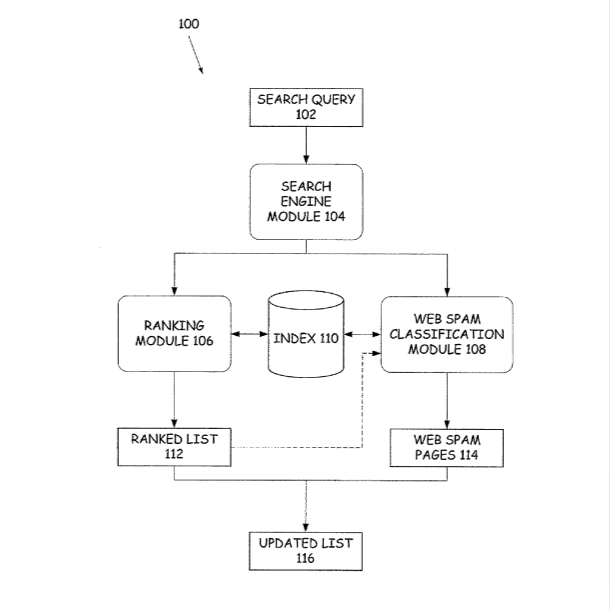
The use of a "threshold" is an important element of the spam detection process. It helps differentiate between pages that naturally appear in many search results due to their high quality and relevance, and those that appear frequently because they are employing spam tactics.
What tactics do spam sites use to gain higher rankings on search engines?
Spam sites typically engage in a range of dubious tactics to manipulate search engine rankings. These can include:
Keyword Stuffing: This involves overloading a webpage with keywords in an unnatural manner to try and trick the search engine into giving it a higher ranking.
Cloaking: This is a practice where the content presented to the search engine spider is different from that presented to the user's browser, misleading the search engine to display the site when it might not be relevant to the search terms.
Link Schemes: Some spam sites participate in or create link networks—groups of websites that all link to each other—to manipulate their site's ranking. It's an artificial way of making a site look more popular or reputable than it really is.
Duplicate Content: Spam sites might create many pages with identical or very similar content, trying to target slightly different keywords or regions.
Google and other search engines aim to penalize such practices to ensure users find what they're really looking for when they search.
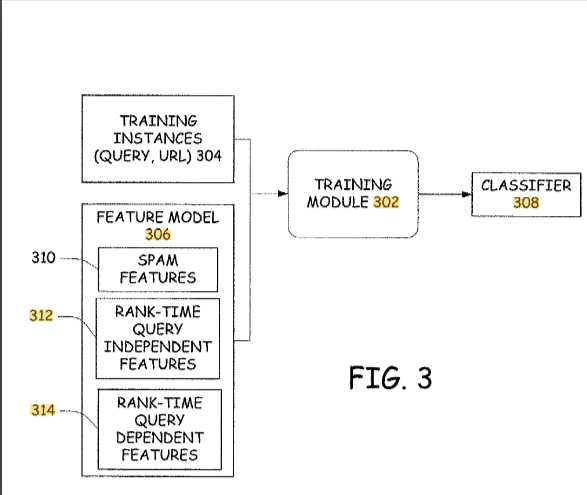
How long does a website typically remain penalized for keyword stuffing practices?
Just like a chronic illness that needs proper and consistent treatment, a website labelled as spam needs proper attention and rectification before it can recover and regain its health. Let's break down this process.
Caught in the Spam Filter
Once a website is marked as spam by Google or any other search engine, it essentially gets flagged in the system. This can result in lower rankings, or in more severe cases, complete removal from the search engine results pages (SERPs).
Google uses an advanced, AI-driven system to continuously review and reevaluate websites. When the algorithm or a manual review flags a site as spam, it's because the website has violated Google's Webmaster Guidelines. These violations could be due to keyword stuffing, cloaking, link schemes, or hosting duplicate content, as previously explained.
I experienced being flagged as spam multiple times due to keyword stuffing. However, I found that by reducing keyword density and focusing on creating high-quality content, my website's performance returned to normal within two months. While my site initially ranked lower compared to its pre-spam position, I still saw positive effects within the two-month timeframe. So, if you happen to fall into the trap of keyword stuffing spam, remember to decrease keyword density and expect to see positive changes within two months.
The Recovery Process
The length of time a website stays marked as spam depends largely on two factors:
The severity of the violation: The more severe the violation, the longer a site can be expected to remain in the spam category. For instance, a website with minor overuse of keywords may recover quicker than a website engaged in nefarious cloaking practices.
The rectification efforts: Google, like most search engines, offers an opportunity for recovery through a process known as 'Reconsideration Request.' It's essentially an appeal to Google stating that you've cleaned up your site and are now following their guidelines.
Before you submit a Reconsideration Request, you need to correct the issues that led to your site being marked as spam. This can involve revising your content, removing or disavowing bad backlinks, and other steps to ensure your site aligns with Google's guidelines.

How Long Does It Take?
Once you've cleaned up your site and submitted the Reconsideration Request, the recovery timeline can vary. It could take anywhere from a few weeks to several months for Google to review your request and for your site to recover its rankings. Remember, Google handles millions of such requests, so there could be substantial processing time.
However, it's crucial to note that recovery isn't always guaranteed. If the spam practices were severe or consistent over a long period, there's a chance your site might not fully regain its previous search standing even after the spam label is removed.
A Word of Caution
While the focus here is on recovery, it's essential to remember the best strategy is to avoid getting flagged as spam in the first place. Adhere to Google's Webmaster Guidelines, focus on creating high-quality and unique content, build natural backlinks, and maintain a user-friendly website. In doing so, you'll not only avoid the spam label but also build a website that genuinely offers value to its visitors, which is, after all, the ultimate goal.
What are the best practices for a website to follow in order to bounce back after a keyword stuffing penalty?
Absolutely, a website that has been flagged for keyword stuffing can bounce back and potentially regain its previous performance. It will, however, require a thoughtful approach, attention to detail, and patience.
The Pitfall of Keyword Stuffing
Keyword stuffing is a common spam technique where a web page is loaded with keywords in an attempt to manipulate its rank on search engine result pages. As Google's algorithms have evolved, they've gotten much better at identifying and penalizing this kind of behavior.
When a site is flagged for keyword stuffing, it can lead to a drop in search rankings or even removal from search results altogether. But remember, Google's goal is to provide users with the most relevant and high-quality information. If you're willing to make the necessary changes and align your site with this goal, there's a good chance of recovery.

Steps to Recovery from Keyword stuffing spam
Here's a simple roadmap to get you started:
Audit your content: Identify all instances of keyword stuffing on your site. Look for sections where keywords are repeated excessively, making the content sound unnatural. These are the areas that need immediate attention.
Revise your content: Replace overstuffed keywords with more natural language. The goal is to create useful, engaging content that seamlessly incorporates your keywords.
Focus on value: Rather than obsessing over keyword density, concentrate on providing valuable, user-friendly content. Think about your audience's needs and preferences, and tailor your content accordingly.
Optimize responsibly: Use keywords responsibly. They should fit naturally into your content and not disrupt the reading experience. Remember, SEO is not just about keywords but also about readability, user experience, and value delivery.
Submit a Reconsideration Request: Once you've made the necessary changes, you can submit a Reconsideration Request to Google. You'll need to explain the issues that were addressed and how you've improved your website.
The Road to Recovery
If your site has been penalized for keyword stuffing, it's important to understand that recovery won't happen overnight. Once you've cleaned up your content and submitted a reconsideration request, it could take several weeks to a few months before you see improvements.
It's also important to note that while your site can recover, it may not immediately return to its previous ranking. SEO is a marathon, not a sprint, and consistent efforts towards quality and value are key to long-term success.
So, yes, a site that has fallen into keyword stuffing spam can return to its previous performance, but it requires time, effort, and a dedication to providing high-quality, user-focused content.
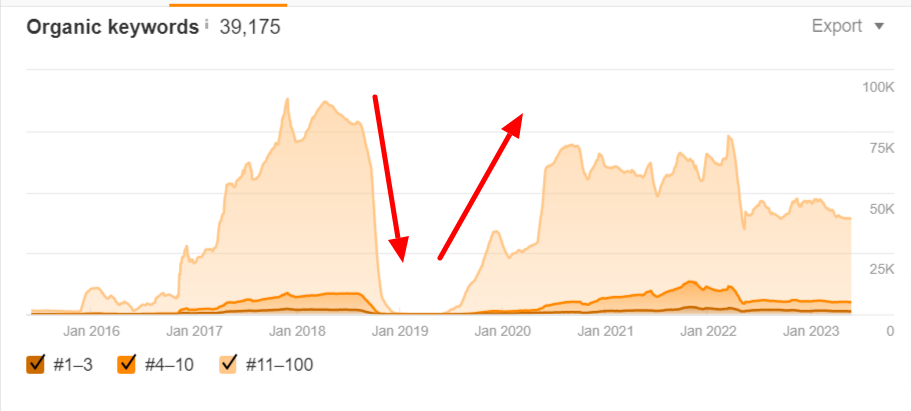
Is there a specific word limit that triggers keyword stuffing?
The question of how many keywords amount to "keyword stuffing" isn't one that can be answered with a definitive number of words or a specific percentage. This is because Google's algorithms are more sophisticated than ever and can analyze the overall context, relevance, and quality of the content on your website.
In the early days of SEO, it was all about the numbers - people would often try to maintain a certain "keyword density" in their content, thinking that would improve their ranking. But the algorithms have evolved. Today, they prioritize user experience and the quality of content over mere keyword density.
That said, keyword stuffing is typically recognized when the frequency of keywords in a piece of content appears unnatural or forced. This could disrupt the reading experience and make the content seem low-quality or spammy. Here are some characteristics of keyword stuffing:
Repetition: Overusing the same phrases or words, especially when they're not necessary or don't fit naturally into the context.
Irrelevance: Using keywords that have no relation to the topic of the content.
Hidden text: Trying to hide extra keywords in your content by making them the same color as the background, positioning them off-screen, or using other deceptive methods.
Unnatural language: Using keywords in ways that don't fit grammatically or stylistically within your content.
Instead of focusing on how many keywords to use, it's more productive to concentrate on creating engaging, high-quality content that naturally includes your targeted keywords. Think about what your audience is looking for and how you can provide it to them. Use your keywords as a guide for your content, but don't force them where they don't fit.
Remember, SEO is about more than just keywords. It's about creating content that people want to read and share. If you focus on providing value, the SEO will follow.
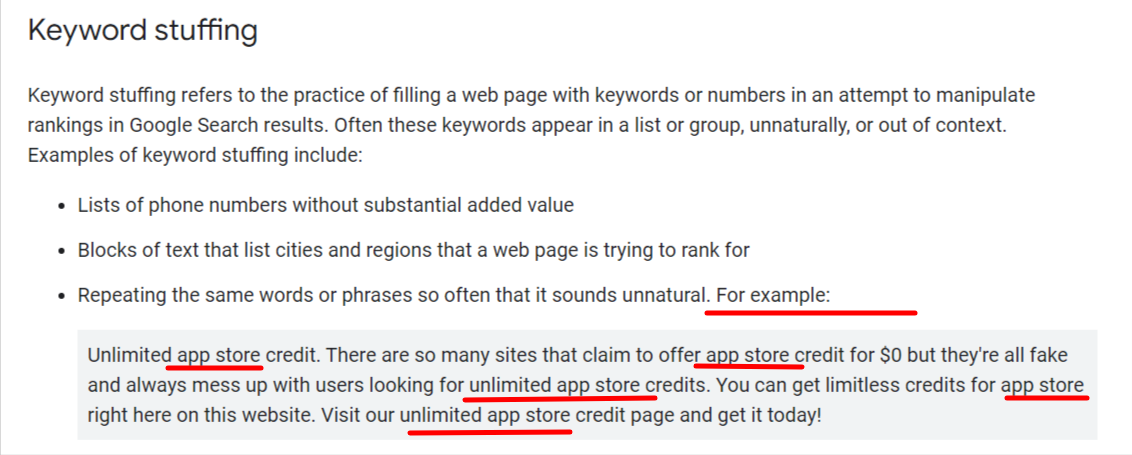
What is the typical penalty duration for a site flagged for keyword stuffing?
Ah, the infamous penalty box for keyword stuffing. No website owner wants to find themselves there, but if they do, one of the biggest questions they usually have is, "how long will this last?"
Let me be honest - there isn't a definitive time frame for how long a website might be penalized for keyword stuffing. The duration depends on several factors. However, before we dive into these, let's quickly discuss what happens when Google flags a site for keyword stuffing.
Keyword stuffing, or the practice of loading a webpage with keywords or numbers in an attempt to manipulate a site's ranking in Google search results, is considered a violation of Google's Webmaster Guidelines. If Google's algorithm or manual review team identifies a site indulging in this, it can lead to the site being demoted in the search rankings, or in extreme cases, being removed from Google's search index entirely.

So, how long does the penalty last?
Penalty duration can vary: It can last from several weeks to several months, sometimes extending over a year.
Google's re-indexing speed: Once the keyword stuffing issue is resolved, it also depends on how quickly Google re-crawls and re-indexes your pages. If Google's bots don't visit your site frequently, it may take some time before the changes are recognized and the penalty lifted.
Severity of the violation: The more severe the keyword stuffing, the longer it can take for the penalty to be lifted.
The speed of your corrective action: How quickly you correct the issue also plays a role. Once you've fixed the issues on your site, you need to submit a reconsideration request to Google. The quicker you do this, the sooner Google will review your site.
The best course of action is to correct the keyword stuffing issues as soon as possible. Ensure your content is written for humans, not search engines. Once you've made these corrections, you can submit a reconsideration request to Google through the Search Console.
Remember, patience is key here. It may take some time, but if you've rectified the issues and followed Google's guidelines, your rankings should eventually recover. Keep focusing on providing high-quality content and a great user experience. This way, when your penalty is lifted, you'll be in a good position to climb back up the search engine results pages.





